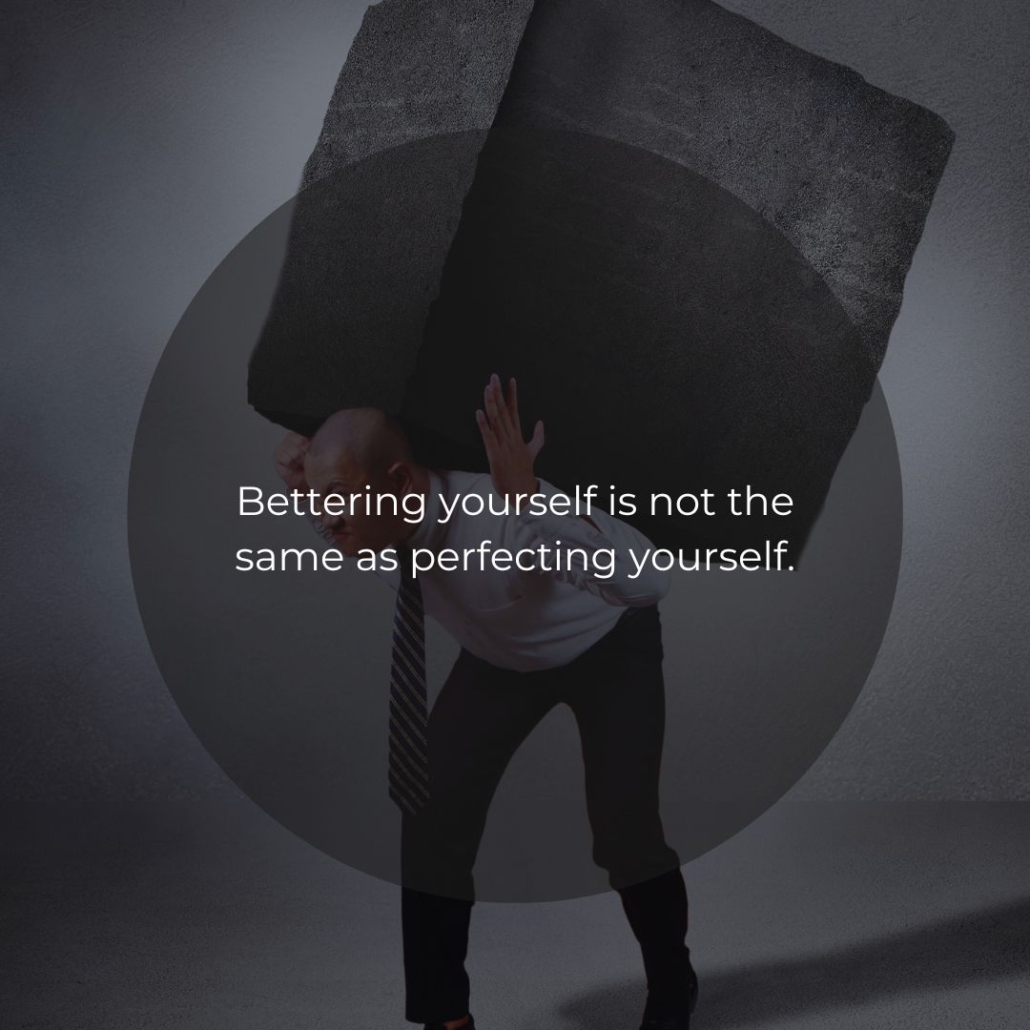S-l-o-w D-o-w-n to Find the Rhythm of Life
Work today can be hectic and intense, with tight deadlines, meetings, and notifications coming at you from every angle. With all that noise it’s hard to focus and get things done—especially when you’re also dealing with stress about your workload.
Over the past few years, researchers have offered different explanations for the rise of anxiety and stress, but three things we know for sure: change is happening quickly, access to information continues to increase, and the development of our brains has not caught up to the bombardment of information coming at us. I’m from a generation where when a newsworthy event occurred, we had until the evening news or the next morning’s paper to hear about it. That is just one example of having a little space in my day.
It’s all instantaneous now. And, while news feeds blast our brains 24/7, we have constant information coming at us. Until about ten to fifteen years ago, it was unavoidable that numerous times throughout your day it was just you alone with your thoughts…while in line at the checkout, waiting for the elevator, walking the dog, commuting to work, at the gym. Now we inundate our minds with unending data, spending up to a half of our waking lives looking down at our cell phones.
Having lost the natural rhythm and cadence of life and connection to ourselves to the tyranny of information bombarding us, it’s no wonder we’re overwhelmed, anxious, and stressed in a way we never have been before.
If you feel compelled to reconnect with your own rhythm of life, to s-l-o-w d-o-w-n and recharge your internal batteries, to refresh your perspective on leadership and life, and to be a part of an authentic community who are committed to support each other to stay on track and contribute to what is good, inspiring, and what matters to us, join us in our upcoming Authentic Leadership Academy. https://lnkd.in/gMi2euzp
In this three-day life-changing experience, you will leave with the clarity of knowing what matters and the permission to stop trying to do it all, to reset your internal compass and rediscover how you can make your highest contribution toward the things that truly matter.









